With the Renault 5 E-Tech, La Régie is two for two on launching significant superminis at times of revolution.
The 1972 original arrived with May 1968’s seven weeks of French civil unrest fresh in people’s memories, a background of 1960s counterculture and sexual liberation, political turmoil, and escalating oil crises.

Today’s Renault 5 E-Tech arrives as the world struggles to transition to electric vehicles, is marked by its own political crises, division, and growing xenophobia, human rights are taking a battering even in supposedly civilised countries, and as European industry braces itself against increasingly impressive Chinese competition.
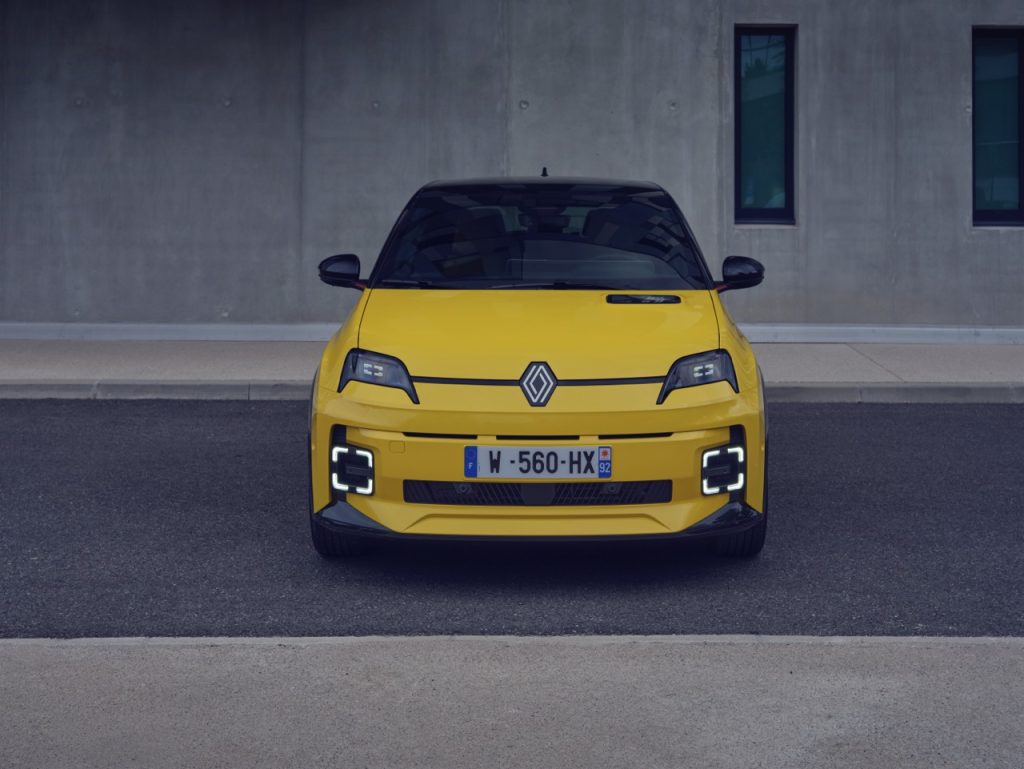
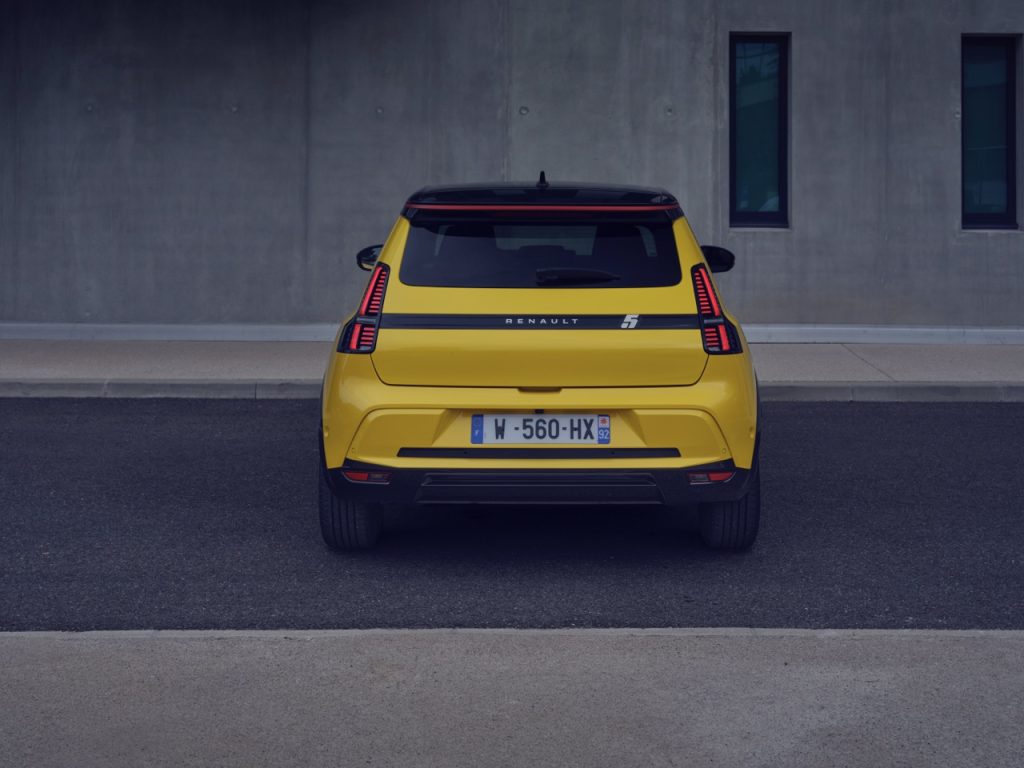
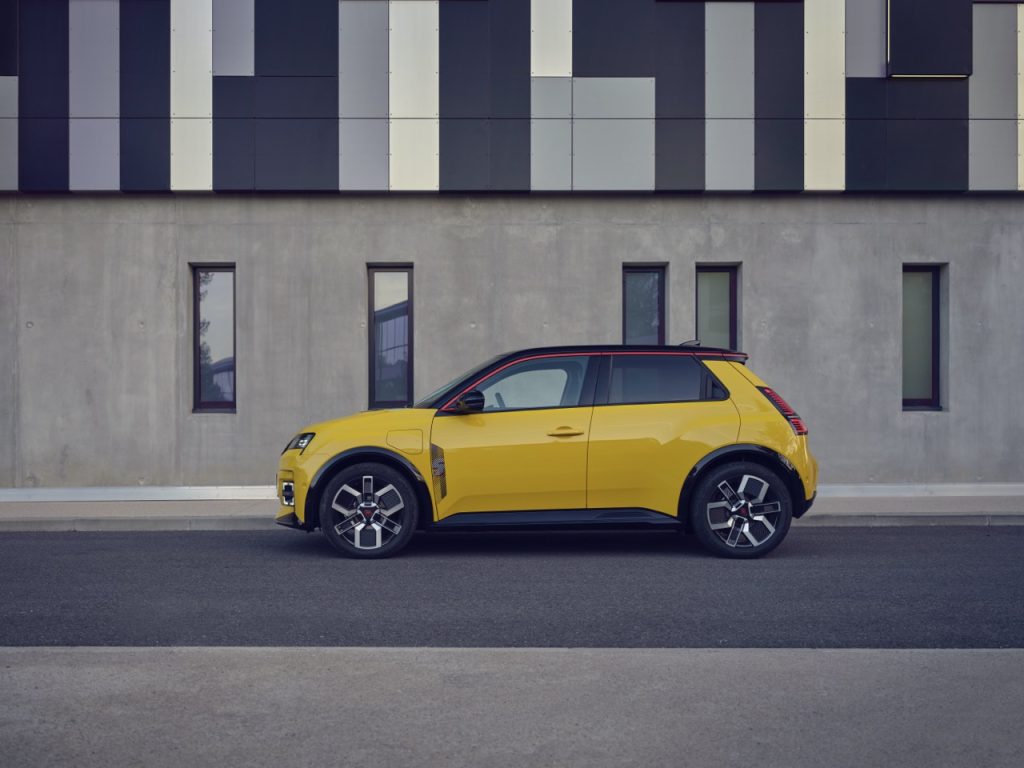
Whether the new Renault 5 will resonate in this time like its predecessor did – a car which at its peak shifted more than half a million units a year en route to 9 million total sales – the carmaker has given it a better chance than most. While the Megane and Scenic are modern and handsome yet ultimately unmemorable, the new 5 stands out a mile, and not just because of its Iconic Yellow paintwork.
I cannot remember the last time I drove a car that attracted so much attention from such a diverse group of people, from schoolkids to pensioners to cyclists to commuters and to those in far flashier, more expensive cars. Granted, the 5’s launch event was in Nice and on the roads surrounding, and the French still have a lot of warmth for the Cinq even as the old ones are slowly fading from both the roads and the collective consciousness.
But small cars just don’t cause people to stop and stare like this one does. In a world where interesting, genuinely covetable cars seem to be limited to those with six figures to throw around, the arrival of something with star quality at the more accessible end of the market has to be welcomed.
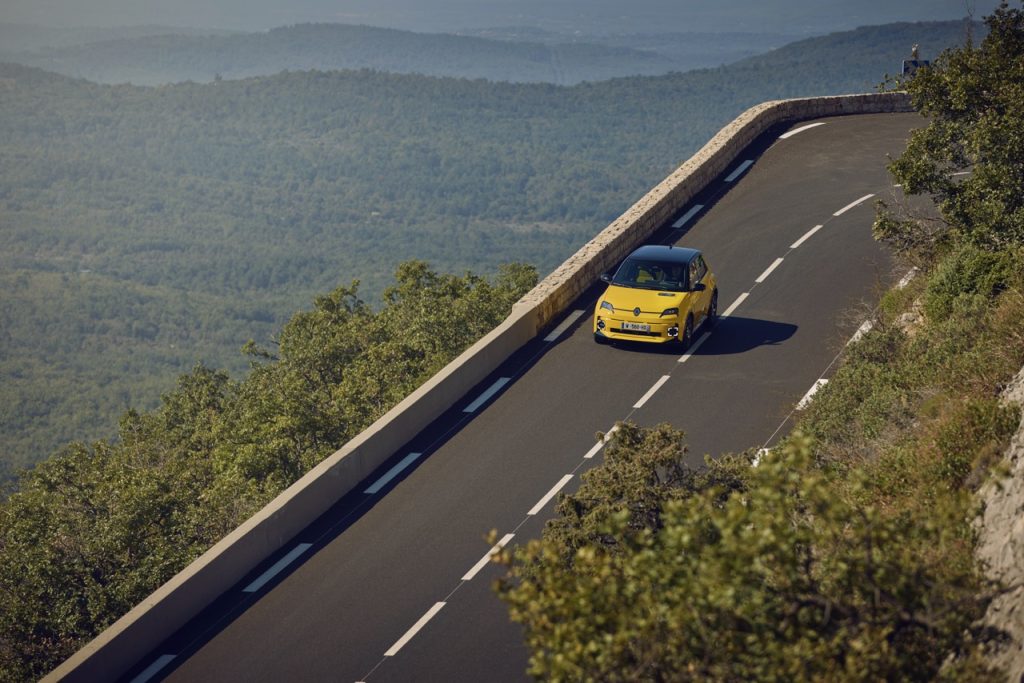
Specs: Renault 5 E-Tech
- Price: £23,000 (approx. base) / £29,000 (approx. as tested)
- Powertrain: 110kW electric motor, single-speed transmission
- Output: 148bhp, 181lbft
- Layout: Front-wheel-drive, five-door hatchback
- Weight: 1456kg
- WLTP driving range: 255 miles
- Competition: MINI Cooper E, Peugeot E-208, Hyundai Inster
Clearly, the new car is inspired by the classic Fives, though it’s not really a retro design. If you didn’t know the classic existed, this one would stand on its own four wheels as something utterly modern, just as the Alpine A110 does elsewhere in Renault’s portfolio. But if you know what you’re looking for, the classic cues are there: the trapezoidal side profile, the squared-off headlights, the upright taillights, and even the little oblong detail on the bonnet, a reference to the old car’s vent but here a neat external cue to your battery charge. Other bits are cribbed from the old mid-engined Turbos, such as the coloured detail that spans the roof, like the Turbo’s spoiler, the boxy arch details, and the square daytime running lights low in the bumper.
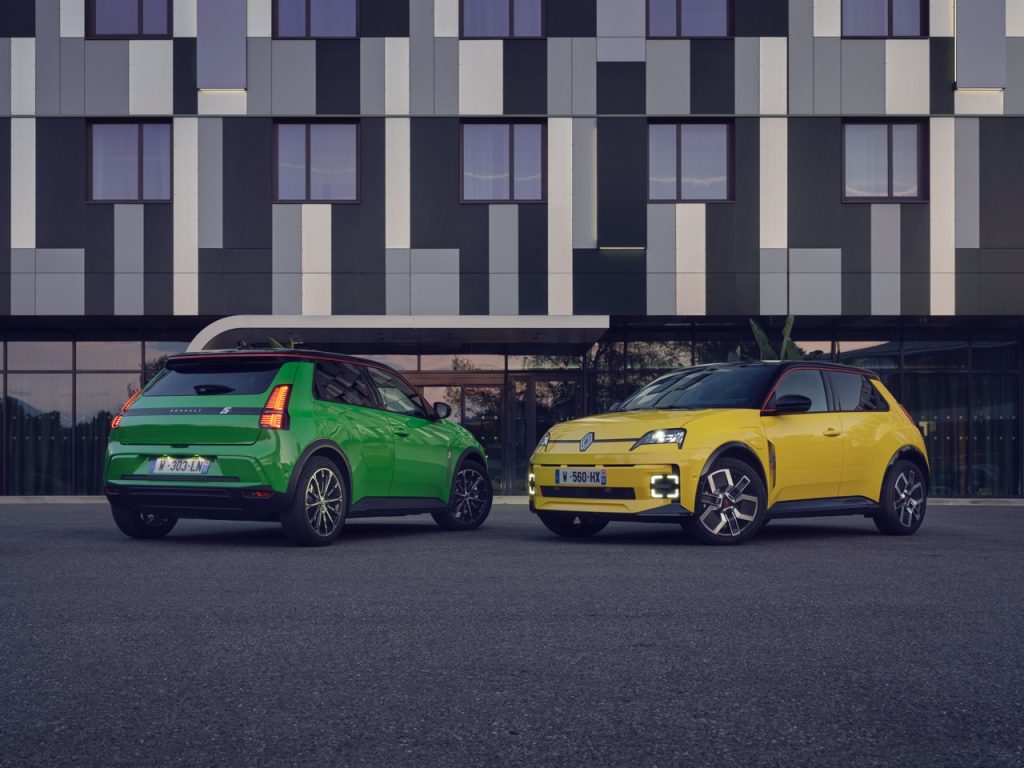
It looks fabulous, better still in the metal, and the two brightest colours, yellow and green, undoubtedly show it off the best – though it’s a strong enough shape that even the less imaginative folk buying white or black ones will still have a sharp-looking device in the drive.
Step inside and it’s a little less dramatic – the interior would struggle to match the exterior, frankly – but still eye-catching and very appealing. Yes, you get a pair of 10-inch screens taking up dashboard real estate, but we’re more taken by the ribbed dashboard that evokes the earliest 5s, and our top-spec Iconic test car’s two-tone seats, whose shape and pattern reference the outlandish Gandini cabin of the first 5 Turbo. The fabric itself is made from recycled materials and feels great, with a tweed-like finish. Everything feels well-built and high-quality, too, which isn’t something you could necessarily say of earlier Fives.
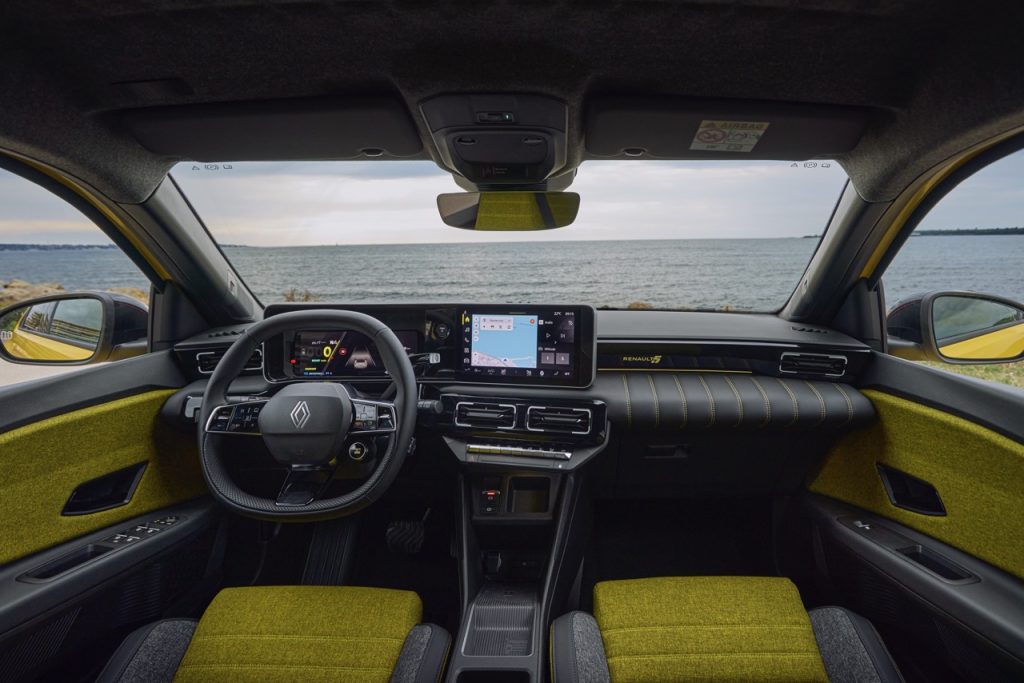
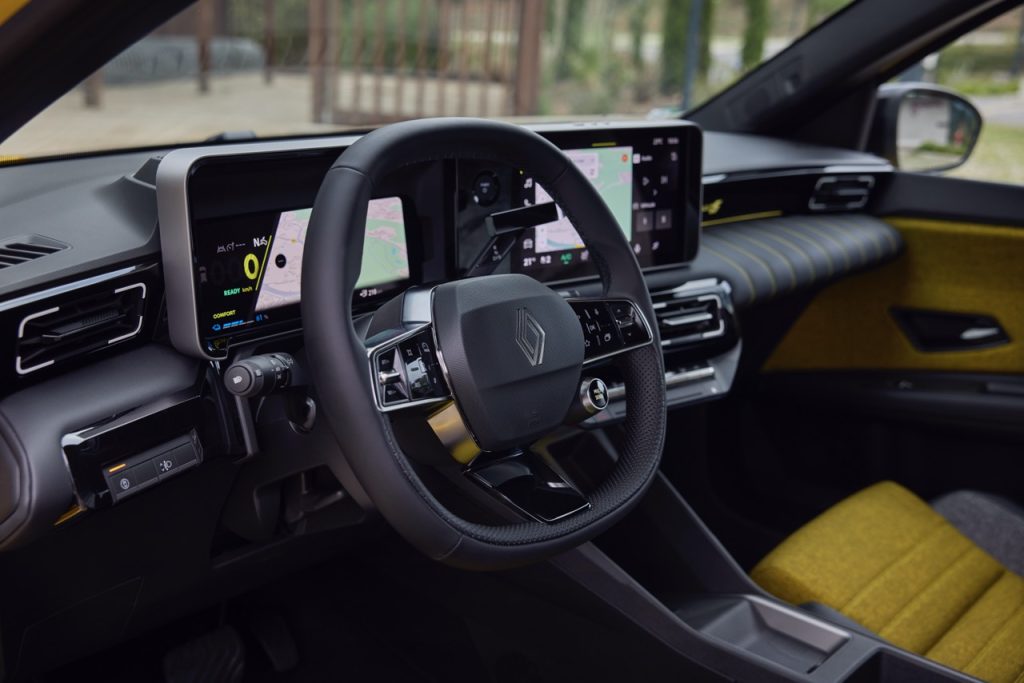


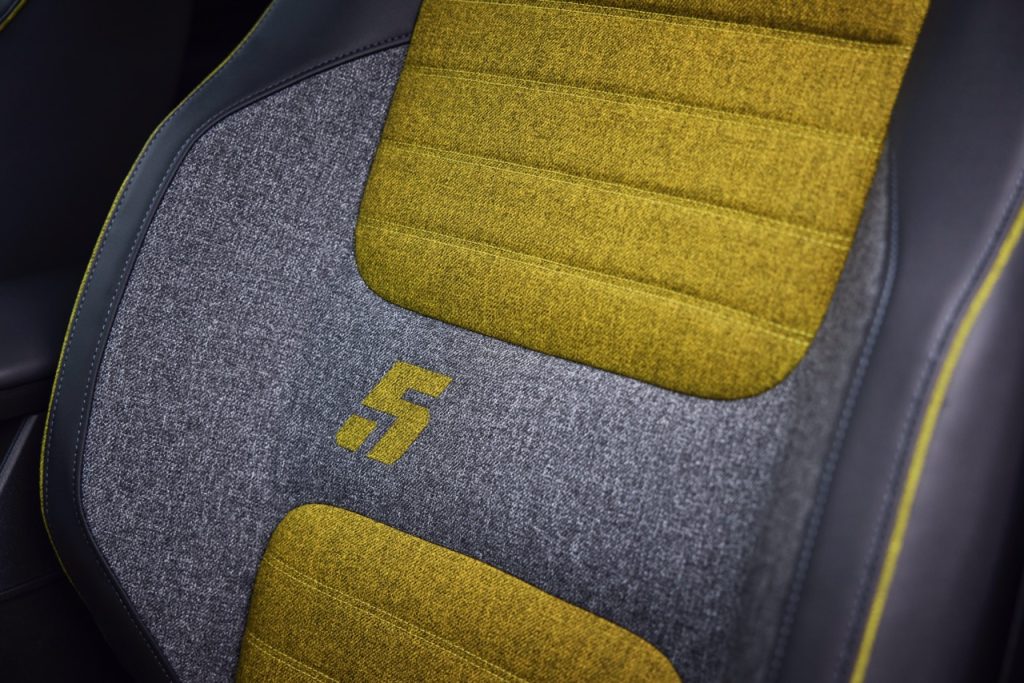
The screens also work well, even if you’re not a fan of glowing rectangles. The tech is Google-based, which means it actually works. Middle-trim and top-spec Techno and Iconic models have built-in Google Maps, which is integrated with the car’s systems, so it can tell you how much range you’ll have at your destination, and pretty accurately, too.
About that range: Our test car came with a 52kWh battery pack and a 148bhp motor driving the front wheels; a 40kWh, 118bhp model will also be available. With the bigger pack, Renault claims up to 255 miles on the WLTP cycle. Our drive suggested 4mi/kWh efficiency is within pretty easy reach, which equates to a real-world 210 miles, and if you chicken out and charge up before it gets below about 20 per cent capacity, you’ll have covered about 170 miles from a full charge.
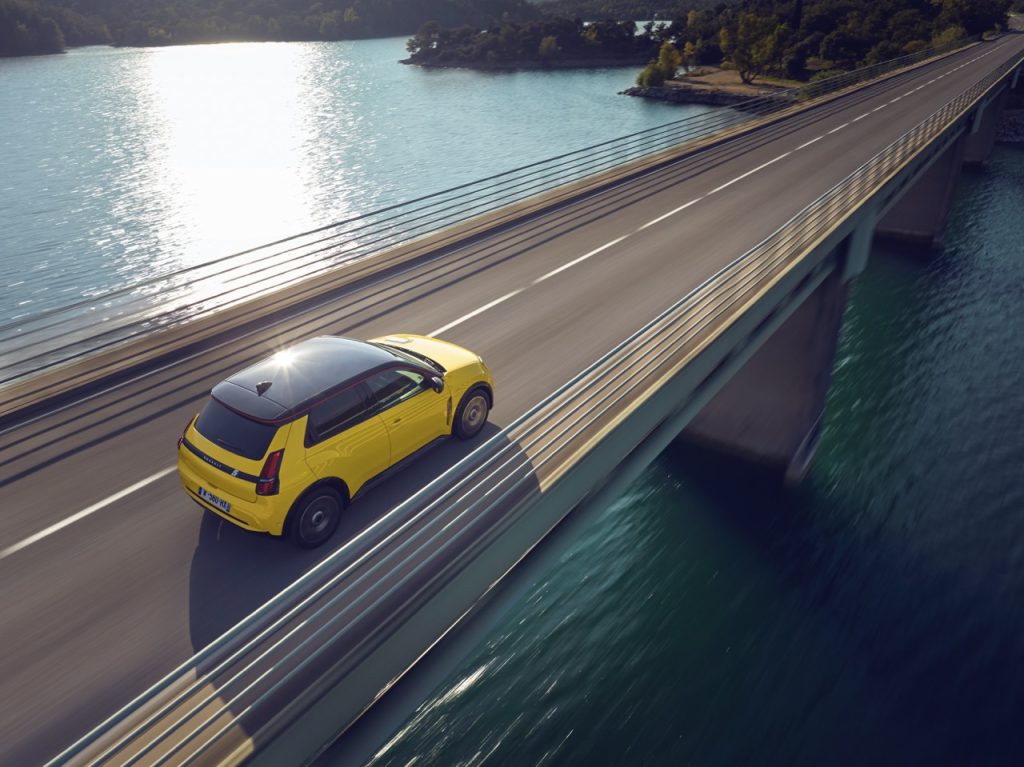
If that doesn’t sound like a lot, then as a more pertinent example of how it fares, consider that I spent two days with the car, and did about five hours of mixed driving on each day – a combination of motorways, town driving, and some thrashing up and down mountain roads. At the end of each drive, the car still had around half of its battery capacity remaining. So if your driving involves mainly commuting and errands, rather than sitting at motorway speeds from full to empty (the former being more realistic for a supermini than the latter), the real-world 200-odd miles is probably going to be fine.
You’ll almost certainly enjoy those miles, too. It’s hard not to be enthusiastic about the 5 E-Tech as you’re walking up to it, and the buzz doesn’t wane inside either, since as well as being striking, the cabin is also comfortable, the materials feel great, and the driving position, while a touch high for some, is also very good, and quite adjustable. Rear seat space is a bit pokey, but the 326-litre boot is pretty good for a sub-4-metre car, and bigger than you’ll find in quite a few rivals.

Press the slightly hidden starter button (it’s just out of view between the screens and behind the steering wheel rim), and your next interaction is with the gear selector, a steering column-mounted lever which, if you squint a bit, could be a nod to the original 5’s dash-mounted push-pull gearlever. You probably wouldn’t mistake the classic car’s wiper stalk for the selector, though, as we did in this car – with the lever, stalk, and audio controls all to the right of the wheel, it’s a bit busy back there.
Next, use the little ‘Multi Sense’ button on the wheel to select Sport mode, and then leave it there: It’s the most enthusiastic of the driving modes and gets closest to the driving experience promised by the looks, giving you a little more of those 148 horses a little earlier into the accelerator pedal’s travel, plus a touch more weight for the still light-ish but responsive steering.
Do so, and the 5 is a lot of fun. Not laugh-out-loud, old-school French hot hatchback fun, but better than most superminis. Probably better than Renault’s own petrol-powered Clio, and only a small notch behind the MINI Cooper E. The Renault is a touch less agile than the Brit, but it is buoyed by having less weight to carry than the inexplicably heavy MINI, since the sub-1500kg Renault comes in about 150kg less.
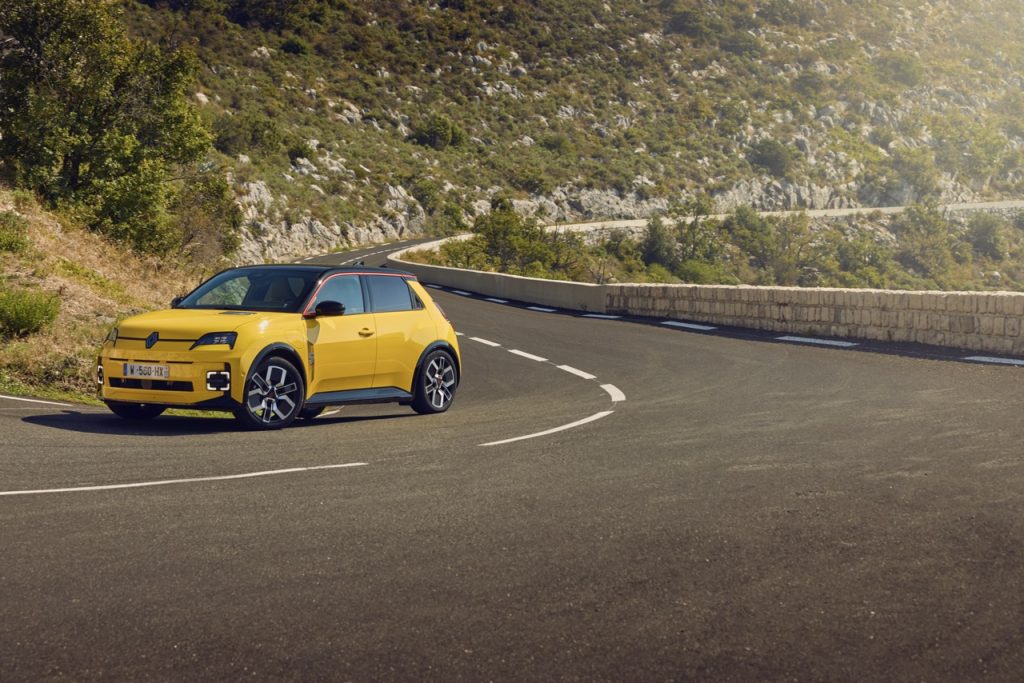
The handling’s on the safe side, so even if you turn off the traction and stability control, you won’t find any classic lift-off oversteer, but despite the eco-biased tyres on 18-inch wheels, it doesn’t plough on everywhere, either – it’s just nicely balanced front to rear, and you can develop a real flow down a good road. Keen handling is backed up by a taut but well-damped ride, which smooths off the edges of bumps and only really feels out of sorts over rapid undulations, losing a little control of the car’s mass.
All that is well-matched to the powertrain, too. An eight-second 0–62mph time doesn’t sound much by EV standards, but we’ve all been a bit jaded by power recently, so let’s not forget that it’s still more than respectably brisk. It’s only half a second off the old Renault 5 GT Turbo, and remember that this isn’t even the hot one, since there’s an Alpine A290 on the way.
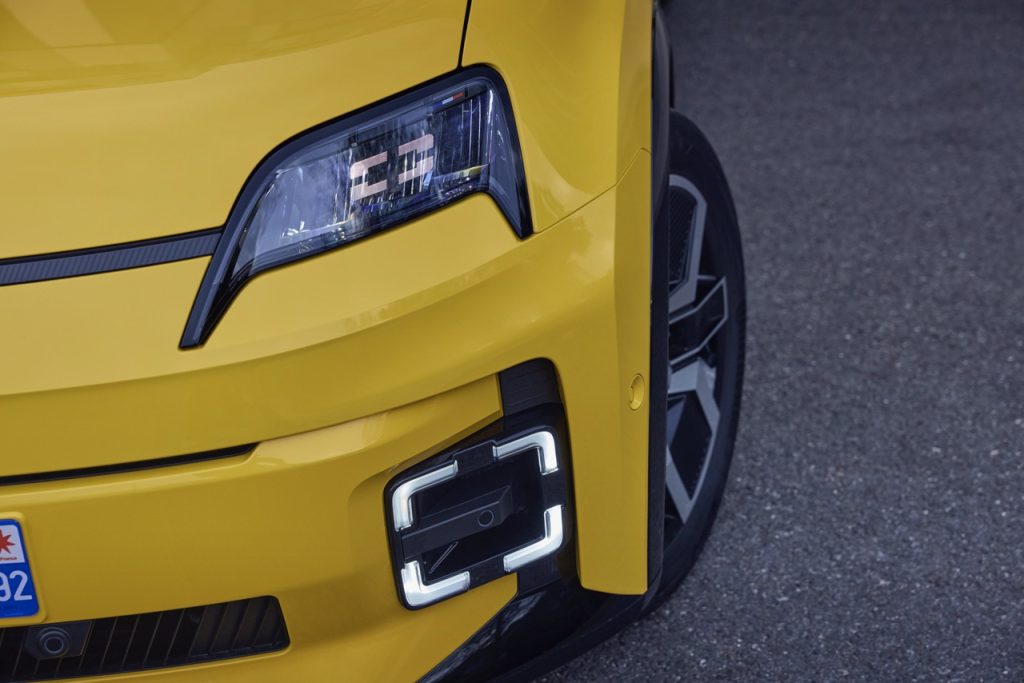

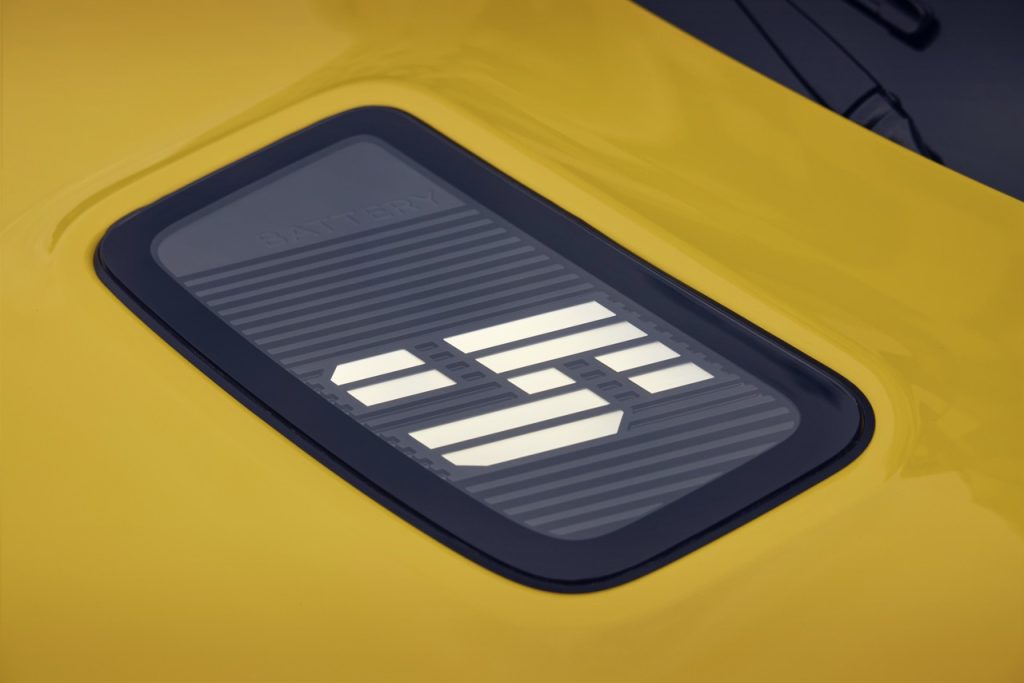

Renault has tuned the motor so it doesn’t frazzle the tyres if you sneeze, so it builds up power briskly but smoothly from a standstill, and you’ll only really get wheelspin in the wet, or if you clog it out of a junction or hairpin. Use the other pedal and you’ll find a pleasantly firm feel, unlike the mushy brakes in most EVs. Since the regenerative braking in the 5 isn’t that strong even on its higher setting, that’s just as well, as this is an EV where you’ll probably use the pedal more than most.
Many of you reading this are probably still on the fence at best about electric vehicles. At face value, a fairly heavy supermini that doesn’t go as far on a charge as a Clio does on a tank, and costs nearly £30K in its fanciest form, may not immediately convince you of their merits.
The Renault 5 E-Tech is imperfect, and the keenest of drivers would still ultimately get more from, say, a Suzuki Swift at £19K, with its lighter weight, manual gearbox, and revvy engine. But the 5 is still one of the best superminis on sale, electric or otherwise, and the most desirable by a country mile. You certainly don’t need a revolution to fall for its charms.
2025 Renault 5 E-Tech
Highs: Turns more heads than a supercar, neat handling
Lows: Cramped rear seats, too many steering column stalks
Takeaway: The most desirable small car in years, whether you’re convinced by EVs or not
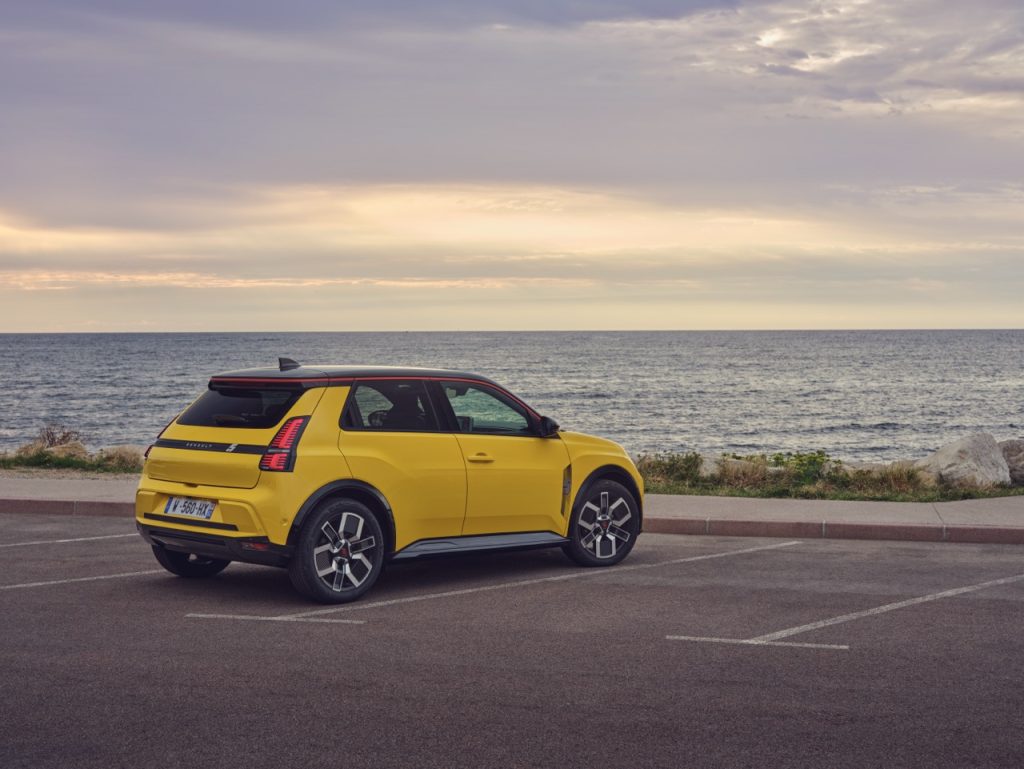

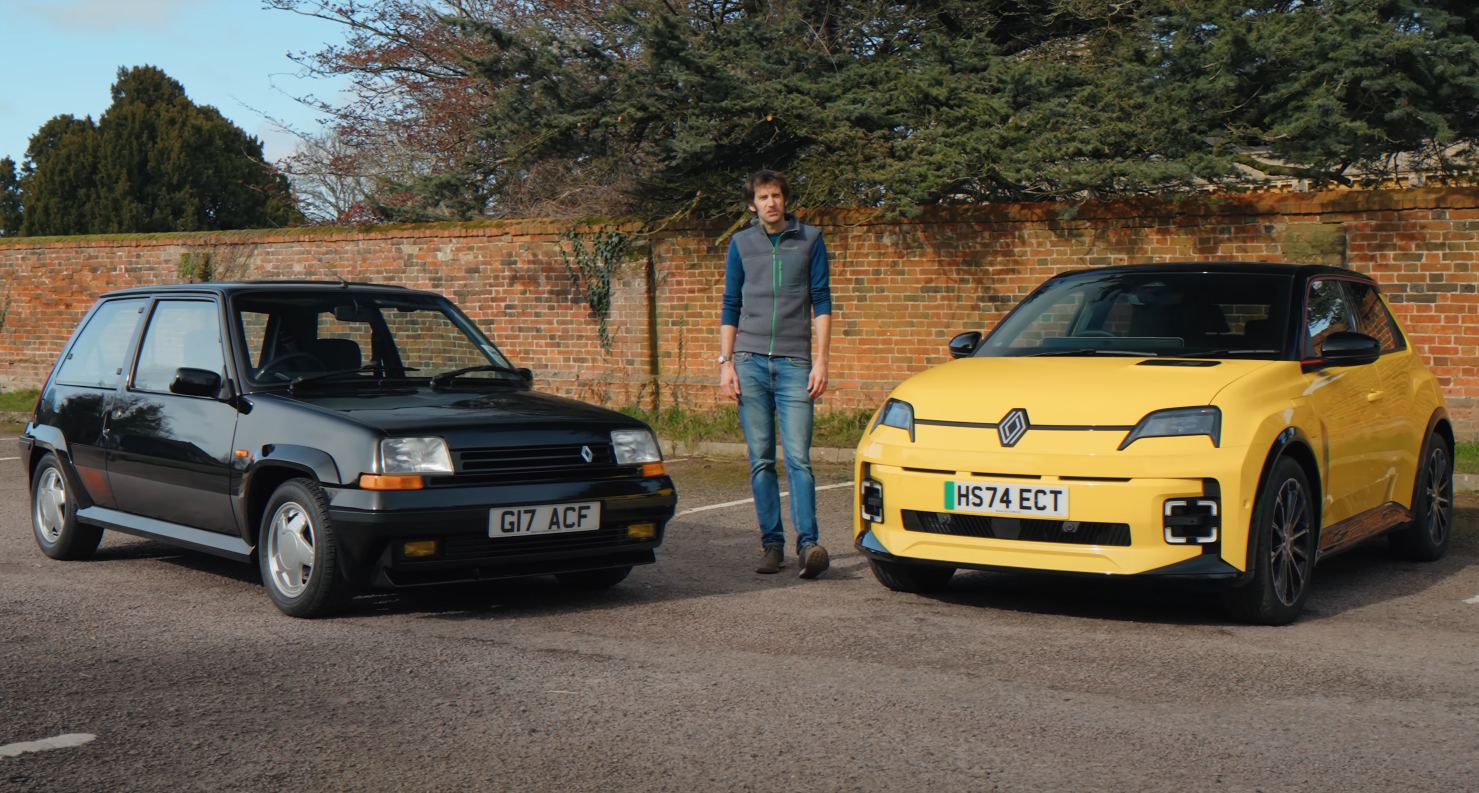
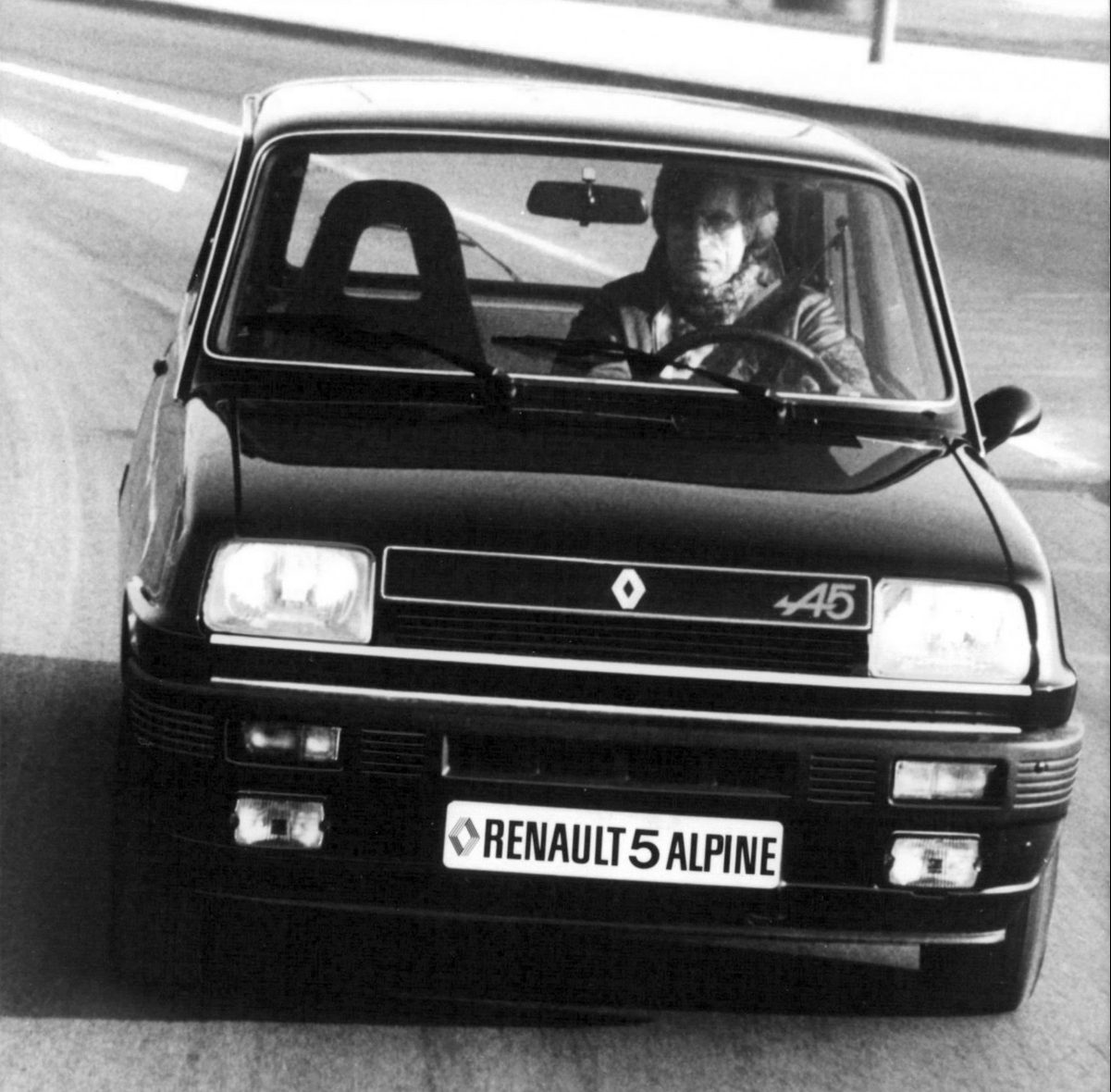







If it’s to have resonance, these things need to be deluged into the showrooms until they hang out of the gates, not held secretly like Taylor Swift tickets. Modern marketing is just a disaster.
Finally! A happy-looking car!
Not as desirable a small car as the Honda e though, Antony 😉 …